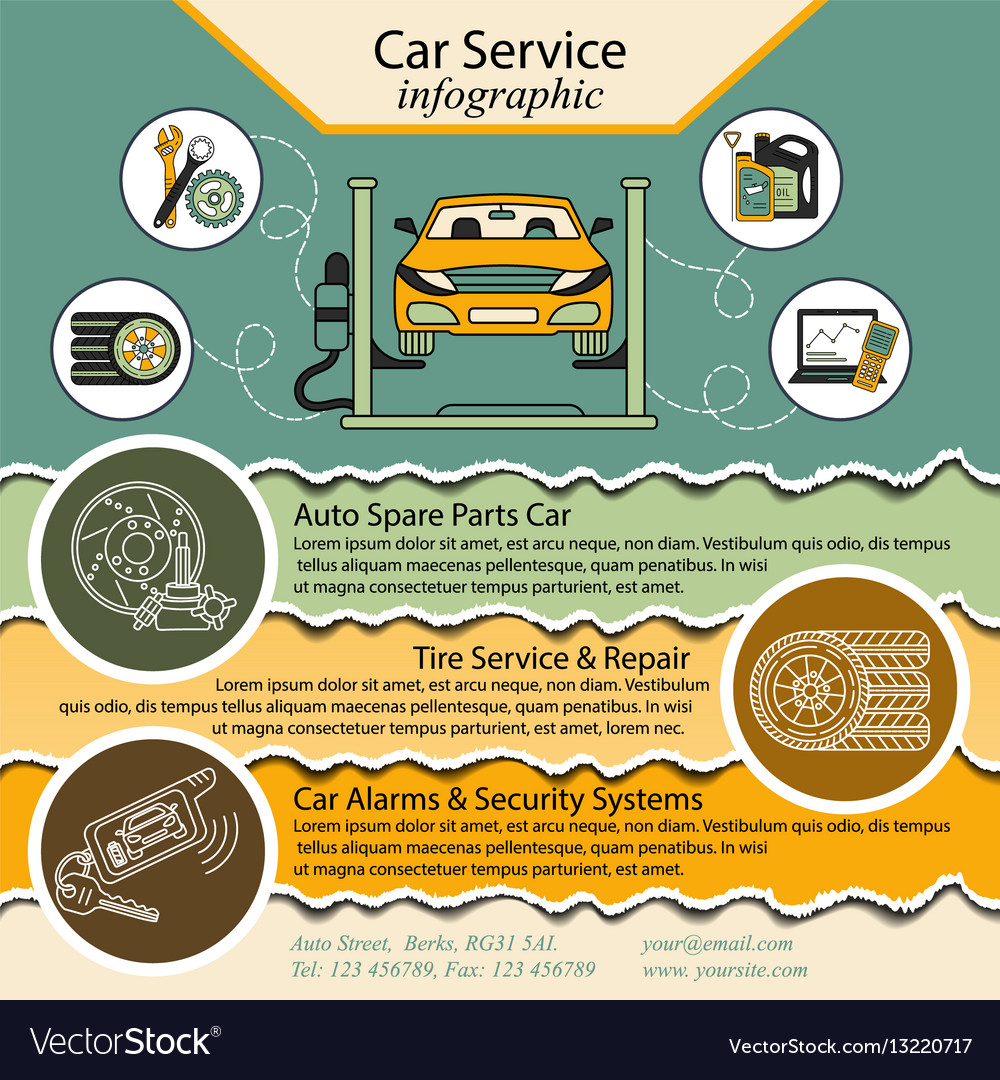Identifying One Of The Most Usual Caution Indicators On Your Control Panel And Their Definitions
Identifying One Of The Most Usual Caution Indicators On Your Control Panel And Their Definitions
Blog Article
Staff Writer-Astrup Randrup
When you lag the wheel, those dashboard caution lights can be an actual secret. However did you know that analyzing them can save you from possible automobile troubles in the future? From check it out to the refined oil stress caution and the ever-important battery light, each one functions as a critical signal from your automobile. It's time to shed light on these usual dashboard warnings and equip yourself with the understanding to navigate the road in advance.
Recognizing the Examine Engine Light
When your dashboard lights up with the check engine light, it is very important not to panic yet to take prompt activity. The check engine light works as a caution that your automobile's onboard diagnostic system has identified a prospective issue with the engine, emissions, or other essential elements. Overlooking this light can result in a lot more severe troubles in the future, so it's essential to resolve it quickly.
To recognize the source of the issue activating the check engine light, you can utilize an OBD-II scanner to obtain the particular trouble codes kept in your car's computer system. These codes offer useful information that can help identify the underlying trouble.
While some issues causing the check engine light might be minor, such as a loosened gas cap, others could indicate much more considerable problems that call for professional interest.
Translating the Oil Pressure Caution
Upon experiencing the oil pressure warning light on your dashboard, prompt focus is essential. This warning shows that the oil stress in your engine might be too low, which can bring about major engine damage otherwise dealt with immediately. Reduced oil stress can be triggered by a range of concerns such as a leak, a faulty oil pump, or low oil levels. Ignoring this cautioning light might cause pricey repairs or even engine failing.
If you see the oil stress warning light begun, the first step is to safely pull over sideways of the road and shut off your engine. Check the oil degree utilizing the dipstick and guarantee it goes to the advised degree.
If the oil degree is low, top it up with the ideal oil for your lorry. If the oil degree is sufficient, don't proceed driving and look for help from a mechanic to diagnose and repair the problem without delay. Keep in mind, keeping appropriate oil stress is important for the health and longevity of your engine.
Translating the Battery Light
To decipher the significance of the battery light on your control panel, you should comprehend its crucial duty in your lorry's electrical system. When the battery light brightens while you're driving, it suggests that the electric system isn't receiving adequate power from the battery.
This could be due to a stopping working battery, a faulty generator, or issues with the charging system. Ignoring this cautioning light could cause your lorry stalling or being not able to start.
If the battery light begins, it's advised to securely pull over and have your lorry examined by an auto mechanic asap. They can perform diagnostics to identify the hidden concern and prevent a potential failure.
Final thought
Now that you know how to determine the most typical caution lights on your dashboard and what they indicate, you can deal with any type of potential issues quickly. Keep in mind, the check engine light, oil pressure warning, and battery light are all important signs of your vehicle's health and wellness. Remain notified, remain Suggested Web site , and maintain your cars and truck running efficiently by paying attention to these indication.
